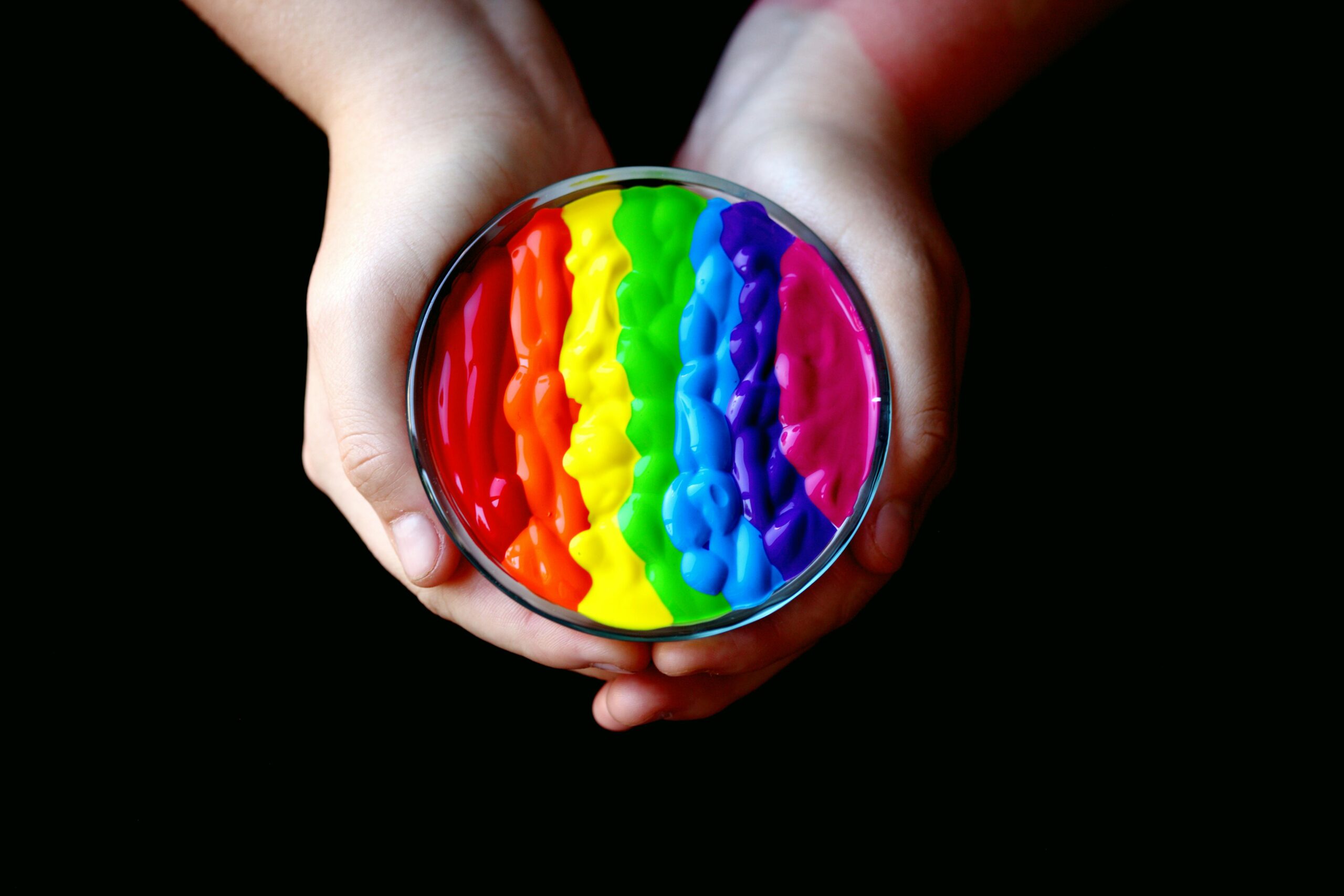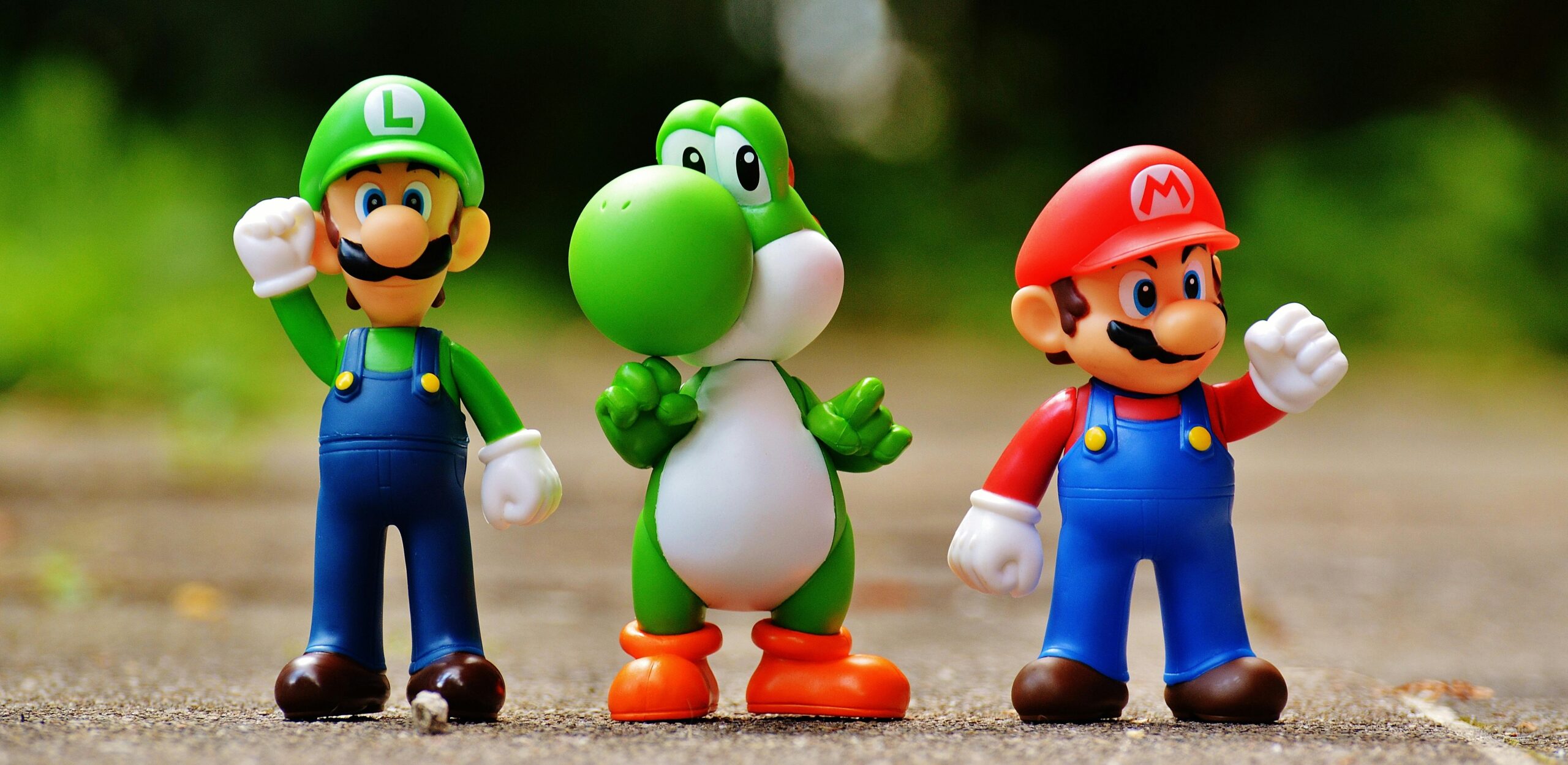Importance of Motion Graphics in User Experience Design
These days, whatever you do is for the sake of the user. As a brand, you want to provide your users with the best possible experience. A few years ago, it was about creating static web pages. However today, people no longer want to see lifeless images. They want some drama and something happening. That’s where motion graphics come into the picture. Also called motion design or animation, it refers to the use of dynamic elements in digital interfaces that enhance user engagement and interaction. Motion graphics play a pivotal role in enhancing UI/UX. It is a process that usually involves animation, editing, visual effects and compositing. It also includes transition, subtle hover effects and storytelling sequences. When used in appropriate places, motion graphics create an intuitive, engaging and interactive experience. Motion design is not as simple as adding animation to a static post. It involves a lot more work. It’s all about putting ideas, concepts and mood boards together to achieve a desired outcome. Also, it’s not limited to web pages, it is even used for websites, social media content, broadcasting and any other digital product.
Role of Motion Graphics in UX
Motion graphics is an important component in brand communication. Here’s how it can help improve user experience (UX):
Prevents an information overload
When a user opens an application that has a lot of information on it, it can be pretty overwhelming for them. Motion design can be used to present the information to the user in a more systematic way. The information can be divided into smaller segments and can then be presented in bits and pieces. This makes it easier for the user to consume the information without bringing a strain on their eyes. It also gives the brand a more polished look.
Enhances user navigation
When motion graphics are used in a UX website, it aids in user navigation. As a brand you can direct your user’s attention to the most important piece of information first. This can be achieved by including visual cues, animated transitions, subtle shifts and interactive graphs. You will be able to create the best user experience when your site is easy to use and navigate.
Enables wayfinding
You can tell a site isn’t well-made, when the user struggles their way through. Motion graphics enable smoother wayfinding. It guides the user on what step they should take next once they reach a particular website. Using animation and transition is a must when the website or application is complex. Having small navigation buttons also helps the user find their way.
Improves information hierarchy
User interface and user experience is all about improving the way information is presented. Based on what information you want the user to consume first, you can play around with various elements. It helps you prioritise the most important information first and direct a user’s attention. For the same, micro-interactions can be used. You can also scale the text up and down by using scaling animations.
Best Motion Graphic Practices in UX
Micro-interactions
Subtle transitions to a digital product are referred to as micro-interactions. These gentle blinks invite a click. You can even include them for the user to take a certain call-to-action. These small, interactive moments offer visual feedback and guide the users. It also enhances the workflow and ease of use. The animations don’t have to be strange and too long. Instead, they need to be small, natural and for a few seconds.
Loading and progress indicators
Loading and progress indicators help users stay informed during waiting periods. Whether it’s for a webpage, transaction or to download content, well-designed indicators can significantly improve user experience. They’re nothing but storytellers of patience. Loading times indicate anticipation. Thus, they need to be thoughtfully and creatively designed.
Gamification
Adding game-like elements as part of your motion graphics is also another practice to improve user experience. It adds gamification in the design and makes the information more interesting. For example, Google Doodle uses gamification to maximise motivation, and create a fun and rewarding experience for the users.
Conclusion
There are no two thoughts about the fact that motion graphics have an important role to play in enhancing user experience of any digital product. However, it is important to keep it purposeful, seamless, accessible and performance-driven. Anyone who wants to master the art of motion graphics should consider pursuing our diploma programme in UI/UX design. The career scope after doing our 4-month diploma programme is vast as you get to become a visual designer, product designer or UI/UX designer.




